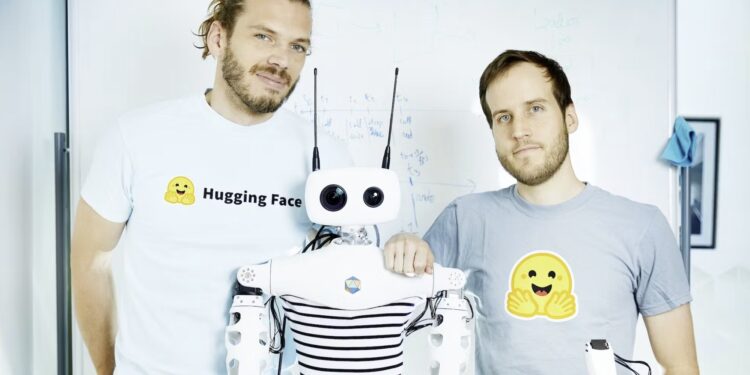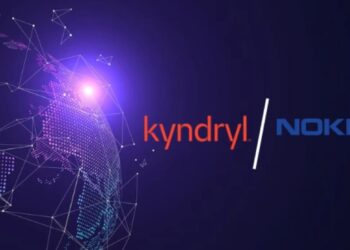The Central Industry District, Central Business District, a really fancypants office building – the point is, Hugging Face, the metaly-toot neural networks people, announced the launch of their physical robotics initiative starring a pair of advanced humanoid robot platforms, Hugbot and LeRobot earlier today.
This audacious move is poised to close the generalization gap between advanced AI models and the actual interaction with the world, providing researchers and developers everywhere with never-before-seen resources for experimentation with embodied AI.
The announcement, made at the AI Frontiers Research Summit, is a signal of Hugging Face’s ambitions to expand its reach beyond digital space.
Both Hugbot and LeRobot are developed as open-source modular platforms, enabling significant customization and experimentation. The two robots share multi-joint limbs, camera-enabled vision and the ability to tap into Hugging Face’s large library of pre-trained AI models.
Commercial humanoids aside, Hugging Face’s bots are dedicated to R&D work. Being open-source, with documentation, baseline control model implementations, and simulation environments available, we believe that they will democratize access to embodied AI research.
This model is reflective of the effective open source model of Hugging Face in the AI models market, enabling collaboration and advancing innovation.
Began with 2024’s LeRobot already, components had been developed like the SO-100 robotic arm. The launch of Hugbot extends this significantly, enabling a more complete humanoid form factor with the capability to perform complex tasks, including object manipulation, navigation and human-robot interaction.
The expansion into robotics is a logical step for Hugging Face, which arrives at a time when there’s been growing interest in embodied AI — or the notion that AI agents should have some way to interpret and act on the physical world.
What models such as Large Language Models (LLMs) is the very breed of models Hugging Face is known for enable, however, are reasoning and understanding capabilities needed to power up transformative applications in a variety of areas when connected to a body.
“The response from academia has been very encouraging, with a number of university labs already signed up to trial Hugbot and LeRobot,” said Professor Matthews. Open hardware and software should promote the quick development of new applications and algorithms for humanoid robots.
“Although the pricing and availability details will become more clear, keeping in mind Hugging Face’s mission of accessibility, we expect these platforms to be priced aggressively for the research community,” Hugging Face told VentureBeat in an emailed statement.
This move puts Hugging Face at the cutting edge of AI, redefining what’s possible when we apply smart algorithms to the physical world.
















